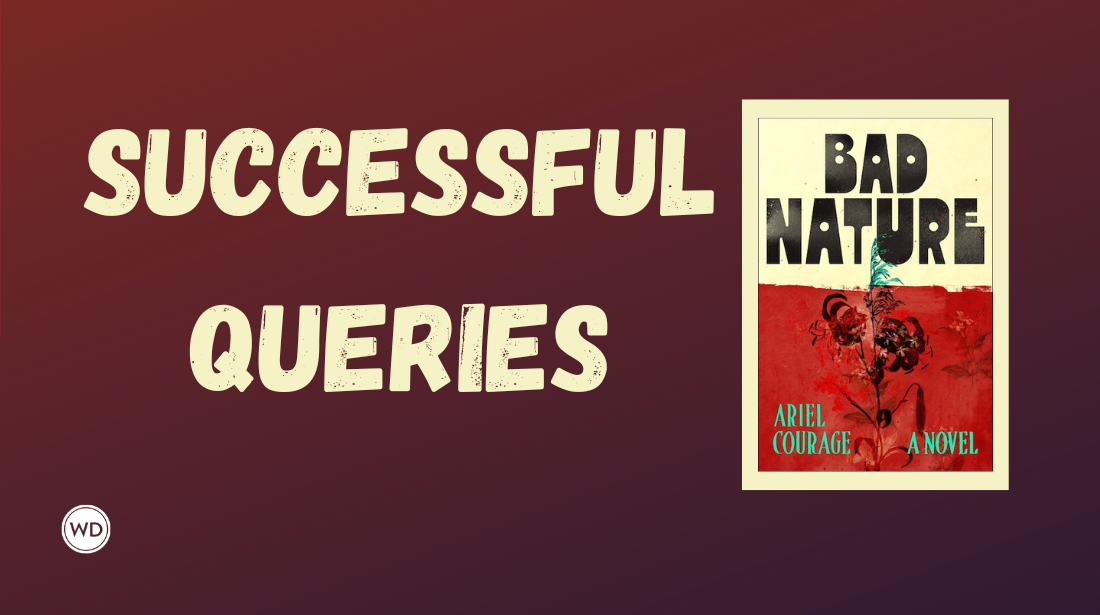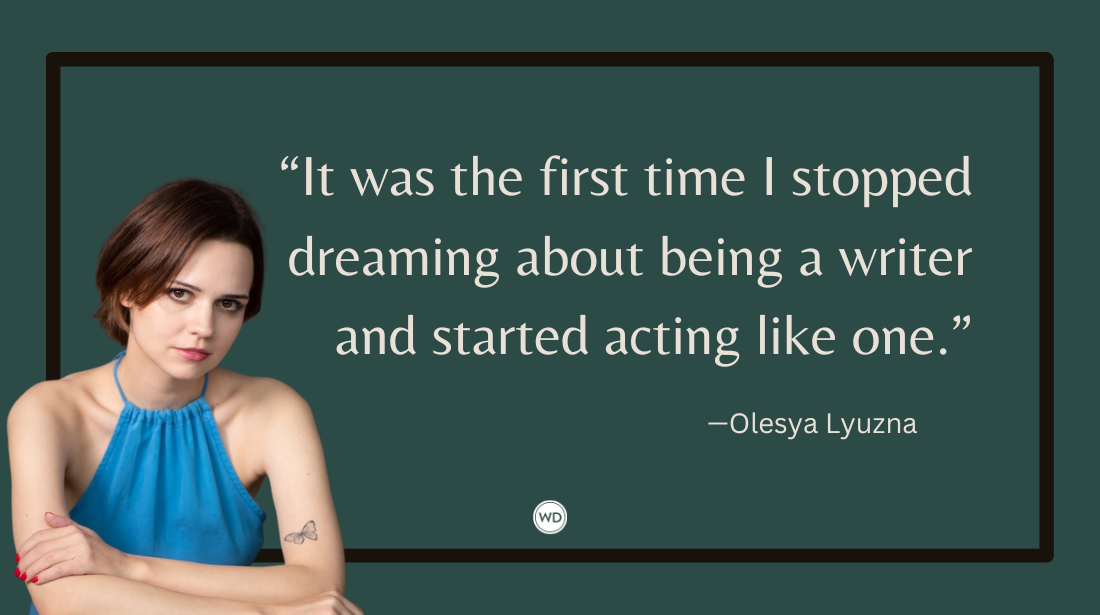Tips for Revising Your Manuscript
Revising is often perceived as frustrating and overwhelming, but Write Great Fiction: Revision & Self-Editing by James Scott Bell gives you the guidance you need to revise like a pro. In this excerpt from chapter fifteen, discover why it’s so important to do a careful first read-through of your manuscript before you start the revising and editing.
Bobby Knight, one of college basketball’s greatest (and most volatile) coaches, once said, “Practice doesn’t make perfect. Perfect practice makes perfect.”
Quite true. If you practice the wrong things, you’re not going to be a better player or team.
So the old saw Writing is rewriting! needs a little tweak. Good writing is rewriting with know-how.
That’s what this book is for: to give you both the tools and the strategies for approaching every aspect of revision.
And the first big moment is when you have a completed manuscript.
This is a crucial time, fraught with peril. Okay, perhaps peril is a bit much, but fraught is certainly applicable. What you must avoid is any temptation to stop and do wholesale revisions before you have read the entire manuscript once.
Think of this process as Google Earth. You want to get a complete overview of your “earth.” Your novel. Your story as a whole. You can spin the earth a little here and there to get a better view, but stay up top. You’ll tag a few places to visit later, to zoom in on. That’ll be the nuts and bolts of revision.
But to start, you need the big picture. You want the feel of the story, to anticipate what the readers will pick up. Here are the steps to follow:
1] The Cool-Down Phase
It’s essential to give yourself a break from the first draft. At least two weeks. Three is better, and if you can spare it go for a month (but if you’re like me that seems like an eternity. And if you have a deadline you may not have that luxury).
During this “cooling phase,” try to forget about your book completely. Some writers use this time for a weeklong refresher and don’t do any writing at all. Others, myself included, want to be working on something all the time.
If that’s you, work on another project. Pour yourself into it. If it’s another novel, get cracking. If not, write an essay or a blog post or do writing exercises (such as those you’ll find in Brian Kiteley’s The 3 A.M. Epiphany).
Or journal.
Or write opening chapters for novels you may never write. Just start with an intriguing opening line and write without any preplanning. Who knows? You may just get an idea you’ll want to develop.
The main thing is to get all of your concentration focused on writing that is not your first draft.
2] The Preparation Phase
Try to work up a little excitement as you come to the first read-through. A good mental outlook helps generate insights. Make it fun.
One thing I like to do is create a cover for my manuscript. I do a simple design, and then I put a critic’s blurb on it. Like this:
Try Dying
James Scott Bell
“Bell just keeps getting better. Yes indeed, the suspense never rests!”
—New York Herald Tribune
The New York Herald Tribune, by the way, is long dead. But it was alive during my favorite period for crime fiction, the 1950s.
No one is going to see this, so lay it on thick.
The fun is about to begin.
If you’re having some trepidation about the whole process of revision—which many writers do—you might want to write up a little list of positives you can refer to as you go:
- This rewrite is going to make the book stronger.
- I have the tools that will make the book better.
- Great writing is rewriting with know-how, which is what I’ve got.
- Rewriting with know-how is the mark of a pro, and I am a pro.
Add to the list as you desire, but give yourself every possible motivation to dig in and get to work.
3] Print Out and Prepare a Fresh Copy
Get yourself a clean, crisp copy of your manuscript, with that cover on top. Should you print it out on one-sided pages? Double-spaced? Courier font?
All of these questions are up to you. Double spacing and one-sided printing allows for notes, but since I don’t advocate copious notes for the first read through, this isn’t a major concern for me.
I like to use Times font, single-spaced, double-sided, because I want to create the feeling of an actual printed novel. I want to be like a reader, looking at it for the first time.
I like to three-hole punch my manuscript and put it in a binder.
4] Get Ready to Read
Where do you like to read a brand-new book by your favorite author? I don’t read for pleasure in my office. I have a nice soft chair by my living room window where I like to settle in with a nice cup of joe.
Whatever your ritual is, replicate it with your manuscript.
The only difference is you’ll have a red felt-tip pen (or whatever you like to jot with) and note pad.
5] Read
Try to read the manuscript through in a couple of sittings—three or four at the most.
What you want to create is the feeling of being a fresh reader, getting into this book for the first time.
Don’t stop to make changes at this point. You may jot a few things down, notes to yourself and the like, but keep going to get the overall impression of the book.
Using Outside Readers
Some writers like to give their drafts to trusted readers—people who know what they’re doing and can offer an objective viewpoint. Readers like this are extremely valuable. Show them their value by treating them to an opulent meal (or something analogous) every time they help you.
You might want to include a simple response sheet along the following lines:
- What did you think of the overall plot?
- What did you like/dislike about the main characters?
- Were there places where you got bored? Please explain.
- Any suggestions for improvement?
- What did you like about the book? (Take as much time as you want with this section!)
6] Analyze
After the first read-through, begin to make notes. Answer these questions:
- Does my story make sense?
- Is the plot compelling?
- Does the story flow or does it seem choppy?
- Do my Lead characters “jump off the page”?
- Are the stakes high enough?
- Is there enough of a “worry factor” for readers?
Write a short essay about your book, as if you were a critic. How would you, objectively, rate your story? Don’t be too hard on yourself.
Don’t expect this first draft to be perfection, or anything close to it. All first drafts are lousy, many professional writers believe. That’s part of the point. You need to get it down on the page before you can fix it.
At this point, go through your manuscript making more detailed notes on those spots that need work.
Get the Book!
For more on tips and techniques for mastering the revision process, check out Write Great Fiction: Revision & Self-Editing by James Scott Bell.
Online Exclusive: Q&A With Author James Scott Bell
Find out why Christy Award-winning author James Scott Bell thinks setting a personal writing quota is so important, and much more.








